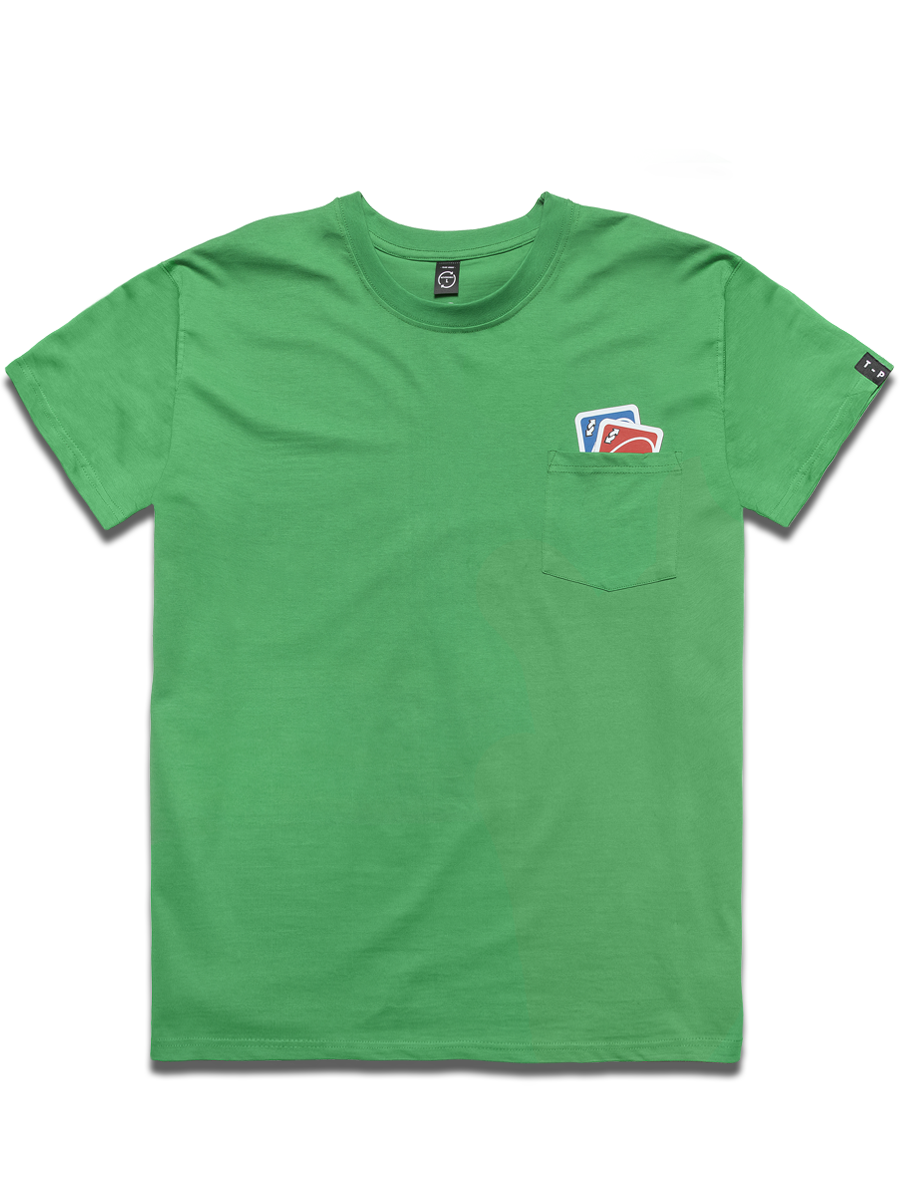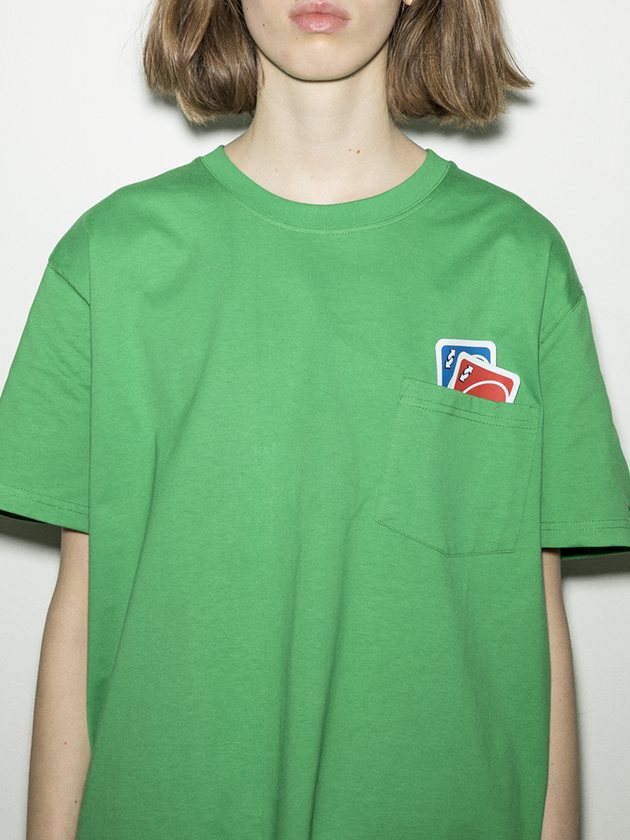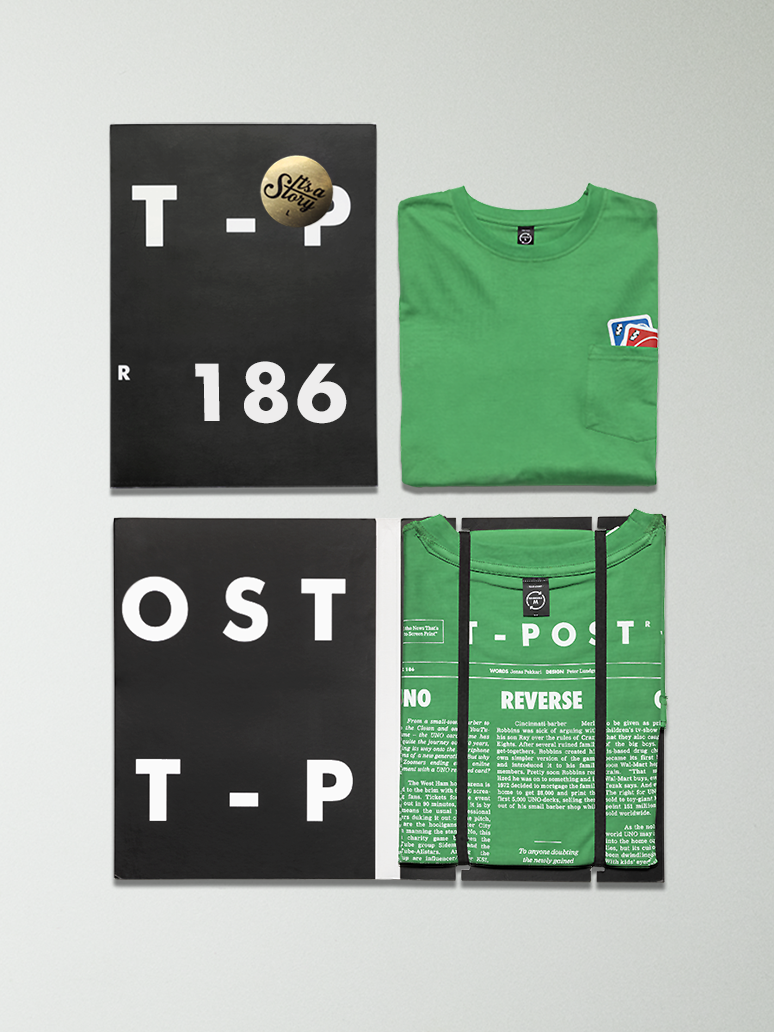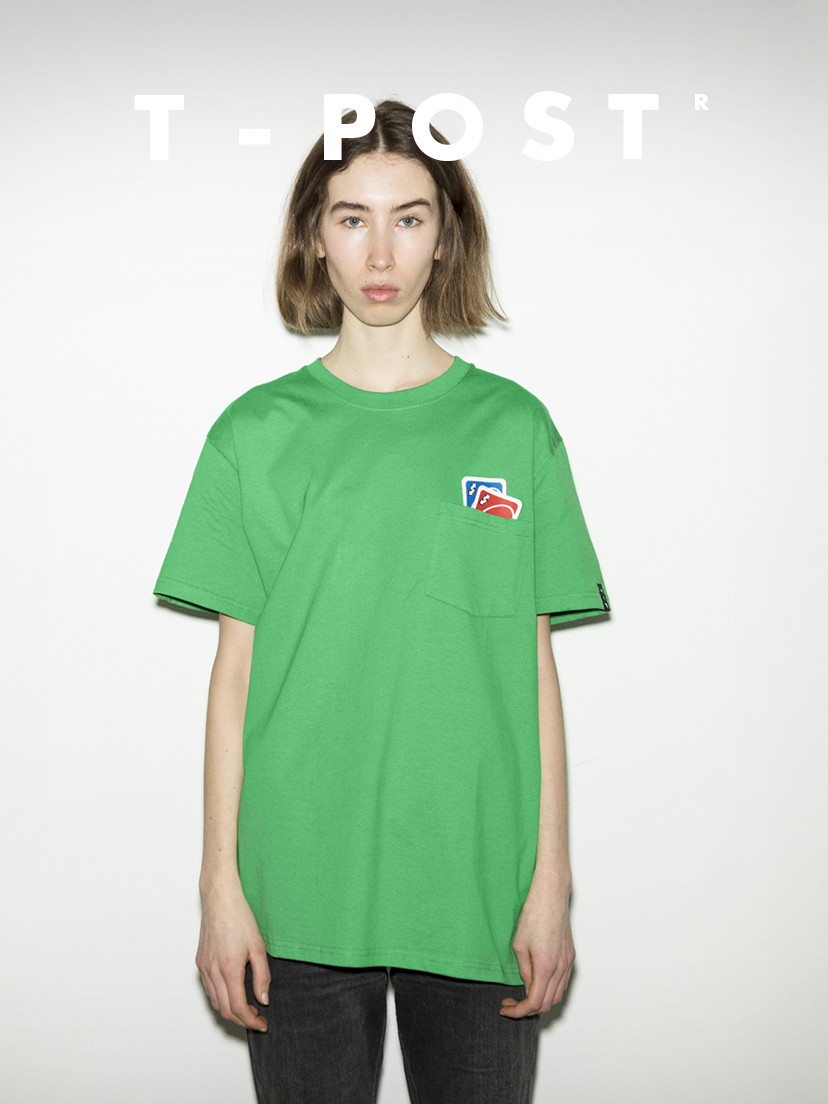Uno Reverse Card
T-POST® #186

The West Ham home arena is filled to the brim with 62 000 screaming fans. Tickets for the event sold out in 90 minutes, but it is by no means the usual professional ballers duking it out on the pitch, nor are the hooligans Inter City Firm manning the stands. No, this is a charity game between the YouTube group Sidemen and the YouTube-Allstars. Among the line-up are influencer/boxer KSI, streamer Kai Senat, YouTubers “Darren iShowspeed” Watkins jr, Jimmy “Mr Beast” Donaldson and 20 or so more social media profiles.
With a peak of 2,7 viewers the game broke the world record of most viewed YouTube livestreamed sporting event of all time, but there was one scene in particular that would steal the show and go viral for months to come.
It is the 78th minute of the game YouTuber Max Fosh makes a late tackle along the sideline and is called out by referee Mark Clattenburg, receiving a well-deserved yellow card.
To anyone doubting the newly gained cultural relevance of UNO today, I’ve got a card up my sleeve for you.
Fosh appears slightly displeased with the ruling and responds by pulling out a green UNO reverse card, causing the stadium to explode with laughter. The stunt caused a tidal wave of UNO reverse card skits on social media that is still ongoing.
Many of us (born before the era of smartphones) associate the classic card game UNO with rainy childhood-days in damp summer houses and loud arguments over whether you are allowed to exit on a +4 card (I say no), not with billionaire YouTubers playing influencer football. But the actual origin of UNO is less known to most.
Cincinnati-barber Merle Robbins was sick of arguing with his son Ray over the rules of Crazy Eights. After several ruined family get-togethers, Robbins created his own simpler version of the game and introduced it to his family members. Pretty soon Robbins realized he was on to something and in 1972 decided to mortgage the family home to get $8,000 and print the first 5,000 UNO-decks, selling them out of his small barber shop while his son handed them out to students at school. One deck of UNO-cards made its way to air force-veteran Bill Apple, who quickly saw the new card games potential and along with his two brothers-in-law Bob Tezak and Ed Ackeman persuaded Robbins to sell them the rights to the game for $100,000 – a staggering amount of money for a barber in 1972.
The first year was far from a success with only 5,000 decks being sold, and Apple, Tezak and Ackeman had a hard time even getting in the room with any of the large chain store-reps.
“'We just knew absolutely nothing about the toy businesses and started a trial-and-error process that was very interesting but very rocky,” said Tezak in a 1992 interview with business reporter Jack Lesar. It wasn’t – ironically enough – until the brothers-in-law donated games to be given as prizes on popular children’s tv-show ‘The Bozo Show’ that they also caught the attention of the big boys. The Indianapolis-based drug chain Hook Drugs became its first big retailer, and soon Wal-Mart hopped on the UNO train. “That made us. What Wal-Mart buys, everybody buys”, as Tezak says. And everybody bought. The right for UNO was eventually sold to toy-giant Mattel, and at this point 151 million decks have been sold worldwide.
As the no1 card game in the world UNO may have found its way into the home of millions of families, but its cultural relevance has been dwindling for a decade or so. With kids’ eyes glued to the smartphone screen, classic family games have become more of a punishment than popular passed time. Suggest a game of Monopoly to a ten-year-old and they’ll ask what they did wrong and if they can please have some more screen-time. But something is brewing.
The UNO reversed card has unexpectedly made its way into the Gen Z memeverse and internet culture. It gradually evolved from a couple of memes in 2018, an entry in the Urban dictionary the same year, and gained momentum as a universal way of ending an online argument as a version of “no YOU”. It exploded in popularity with the YouTuber charity game and Mark Clattenburg’s yellow card-rejection in September of 2023, and now it is everywhere.
They say history repeats itself, and this is confirmed by the story of Uno. It took Bozo the Clown and prime time-TV to spark the first real interest in Uno in the early 1970’s, and it would take YouTube-pranksters and TikTok to reignite passion for the card game half a century later. And to anyone doubting the newly gained cultural relevance of UNO today, I’ve got a card up my sleeve for you.






